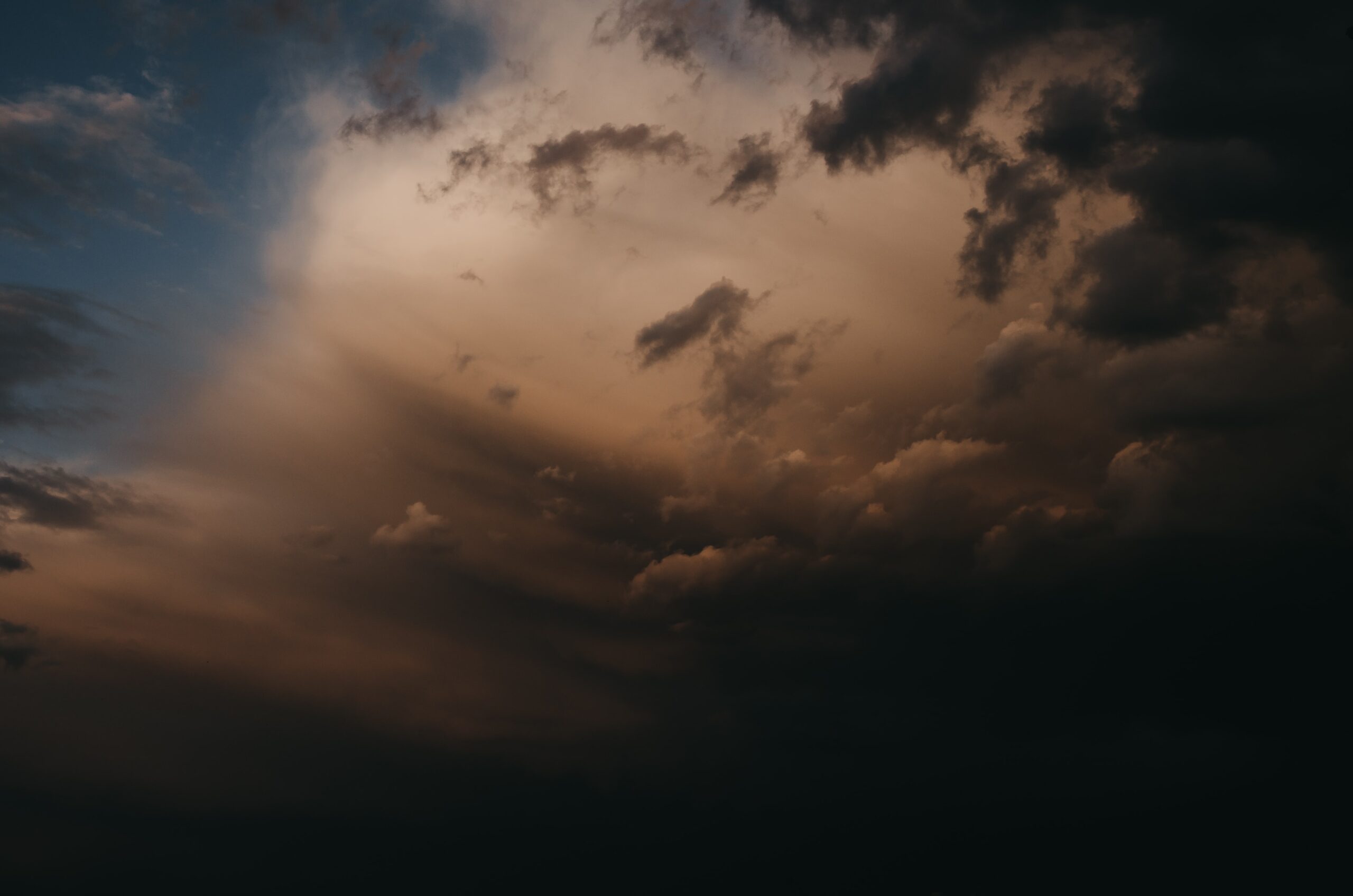
Home Groups / Series / Heaven Opened / Session 6: The New Jerusalem
Session 6: The New Jerusalem
The New Jerusalem is a small group study exploring Revelation by the team at St Ebbe's

“Imagine there’s no heaven. It’s easy if you try” John Lennon famously sung, and he was right; it is all too, easy even for christians, who thus end up “living for today” instead of for that day. So that it might not be out of sight and out of mind, John gives us here a wonderful glimpse of Heaven that we might long for it (being “thirsty” 21:6) and live for it. It’s a strange glimpse, in that we are not helped to visualise it (a city dressed as a bride?, a city with walls 1400miles high? oysters big enough to produce pearls the size of gates? – freshwater pearls at that because there is no sea!). John is not trying to paint a picture but to convey truth, using lots of imagery from the OT Scriptures, all of which help to show that this is the fulfilment finally of all God’s purposes and promises, the End for which he has been working since the beginning.
A whole new creation is coming (21:1), like Eden in many respects (for instance “the tree of life” is there, 22:2) but better; and crucially this time nothing can ever spoil it, for “that ancient serpent” has been thrown into the lake of burning sulphur (20:10). In particular John describes the place of the People of God in this new creation.
Two images dominate the vision – the new Jerusalem and the Bride. The idea of God’s People as a Holy City is suggestive of heaven being a place of perfect community and utter security. The picture of the Bride speaks of the perfect intimacy to be enjoyed with God there, and the purity and splendour and beauty that will characterise us.
We are told of many things that won’t be there – no sea (symbolic of the forces of evil, from there the Beast had come), no tears, which are wiped away by God himself in an amazing picture of tender care, as he also wipes away too all cause of tears (21:4), no temple (21:22), no sun or moon (21:23), no curse (22:3) – but all these absences testify to what crucially is there – the presence of God (21:3). God had dwelt with his in the OT, but the tabernacle made it clear too that there was nevertheless a separation between him and them too; the Holy of Holies was a no-go area. The bizarre dimensions of the new Jerusalem – this vast perfect cube – together with the absence of any temple (21:22) point to far better reality. The only other cube in the Bible was the Holy of Holies, which was then separated off, but now the implication is that we will live in his immediate presence forever, and see his face (22:4).
And this hope is not some far off dream – it is certain (21:5; 22:6), and again and again we are reminded that this “must soon take place” (22:6); three times Jesus himself says, “I am coming soon” (22:7,12,20). The nearness and imminence of these things that this vision should do more than comfort, it should stir us to live differently. In sum we should “worship God”, living our lives in the light of the reality revealed back in Chapters 4,5. And we must avoid being cowardly and unbelieving (21:8), which would lead to our exclusion from this City along with those who have followed the Beast and been consigned to the Hell, as we saw at the end of ch. 20. It’s a call to patiently endure, continuing to do what’s right, trusting in Christ’s death (22:14), thirsting for the water of life instead of being content to try and slake our thirst in the brackish, poisonous puddles of this world.
To try and do both chapters may be a bit ambitious; I would suggest you ask people to read both chapters before the meeting and then just read some of it in the study.